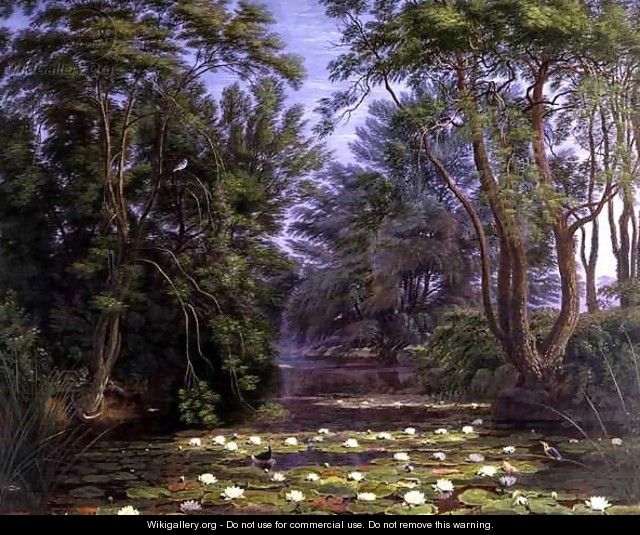
 |
|
|
|
Visit The *EVEN NEWER* Barrow-Downs Photo Page |
|
|
|
|
#1 |
|
Haunting Spirit
Join Date: Nov 2014
Posts: 87
 |
Goldberry: A new reading on the origin of her name
A new theory linking Goldberry to water-lilies has emerged:
https://priyasethtolkienfan.wordpres.../10/goldberry/ |
|
|

|
|
|
#2 |
|
Wight of the Old Forest
Join Date: Dec 2008
Location: Unattended on the railway station, in the litter at the dancehall
Posts: 3,329
     |
Interesting article, a neat and (for my part) convincing blend of botanical and etymological reasoning; can't help but feel the Professor might have been pleased. Thanks for sharing.
__________________
Und aus dem Erebos kamen viele seelen herauf der abgeschiedenen toten.- Homer, Odyssey, Canto XI |
|
|

|
|
|
#3 |
|
Haunting Spirit
Join Date: Nov 2014
Posts: 87
 |
Pitchwife
Glad you liked it. I enjoyed it too. Beyond the botanical and etymological aspects, we also see a fit with some rather puzzling statements which I have never before seen satisfactorily explained. Pulling from Ms. Seth's essay: “Goldberry, Goldberry, merry yellow berry-o!”. “O spring-time and summer-time and spring again after!” “Goldberry represents the actual seasonal changes” in “real river-lands” . It just goes to show – that even though some of these characters have seemingly been endlessly discussed – there is yet more out there! |
|
|

|
|
|
#4 |
|
Wisest of the Noldor
|
Yes, it's an interesting theory. I always found the name "Goldberry" rather strange, for a character so strongly associated with water and water plants.
__________________
"Even Nerwen wasn't evil in the beginning." –Elmo. |
|
|

|
|
|
#5 | |
|
Loremaster of Annúminas
Join Date: Oct 2006
Posts: 2,321
   |
Quote:
I'm not sold on "nymphe" (T wasn't big on classical language sources in his fiction), but the "gold berries" of budding spring waterlilies is a very convincing image. Especially since it's pretty well accepted that his image of the willow-hung and willow-leaf-flecked Withywindle was inspired by Oxford's Cherwell, where such lilies also grow, as in this Turner painting in the Ashmolean: 
__________________
The entire plot of The Lord of the Rings could be said to turn on what Sauron didn’t know, and when he didn’t know it. |
|
|
|

|
|
|
#6 |
|
Haunting Spirit
Join Date: Nov 2014
Posts: 87
 |
William Cloud Hicklin
Yes, I certainly agree – the photo of the yellow water-lily buds is somewhat persuasive. I appreciate the blow-up of William Turner's art. We can now more clearly see a couple of Oxford's native river denizens also mentioned in Bombadil poetry: the 'coot' and the 'kingfisher'! As to: "T wasn't big on classical language sources in his fiction" I'm not so sure. Certainly at the outset of his mythology he used the word 'Gnome' to describe a branch of the elves. This he confessed originated from the Greek language (Letter #239). Per Letter #255 he also outlines that: "according to [a] system whereby as English replaces the Shire-speech so Latin and Greek replace the High-elven tongue in names." This is one way I believe, he intended to connect one invented language of his more ancient mythological world with our most ancient spoken and tongues. |
|
|

|
 |
| Thread Tools | |
| Display Modes | |
|
|
|
|